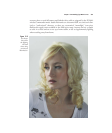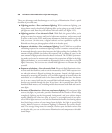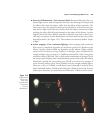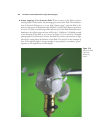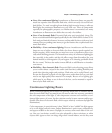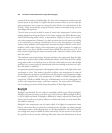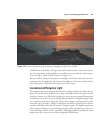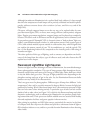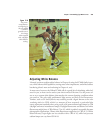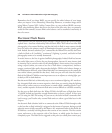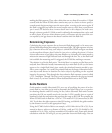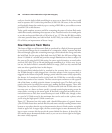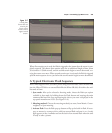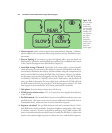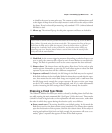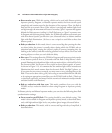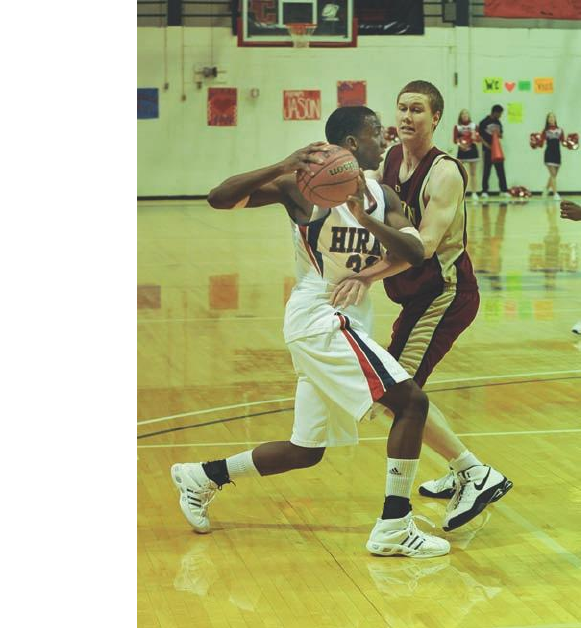
Adjusting White Balance
I showed you how to adjust white balance in Chapter 8, using the D7000’s built-in pre-
sets, white balance shift capabilities, setting exact color temperatures, and white balance
bracketing (there’s more on bracketing in Chapter 4, too).
In most cases, however, the Nikon D7000 will do a good job of calculating white bal-
ance for you, so Auto can be used as your choice most of the time. Use the preset val-
ues or set a custom white balance that matches the current shooting conditions when
you need to. The only really problematic light sources are likely to be fluorescents.
Vendors, such as GE and Sylvania, may actually provide a figure known as the color
rendering index (or CRI), which is a measure of how accurately a particular light
source represents standard colors, using a scale of 0 (some sodium-vapor lamps) to 100
(daylight and most incandescent lamps). Daylight fluorescents and deluxe cool white
fluorescents might have a CRI of about 79 to 95, which is perfectly acceptable for most
photographic applications. Warm white fluorescents might have a CRI of 55. White
deluxe mercury vapor lights are less suitable with a CRI of 45, while low-pressure
sodium lamps can vary from CRI 0-18.
Chapter 12 ■ Making Light Work for You 405
Figure 12.6
The uncor-
rected fluores-
cent lighting in
the gym added
a distinct
greenish cast to
this image
when exposed
with a daylight
white balance
setting.



